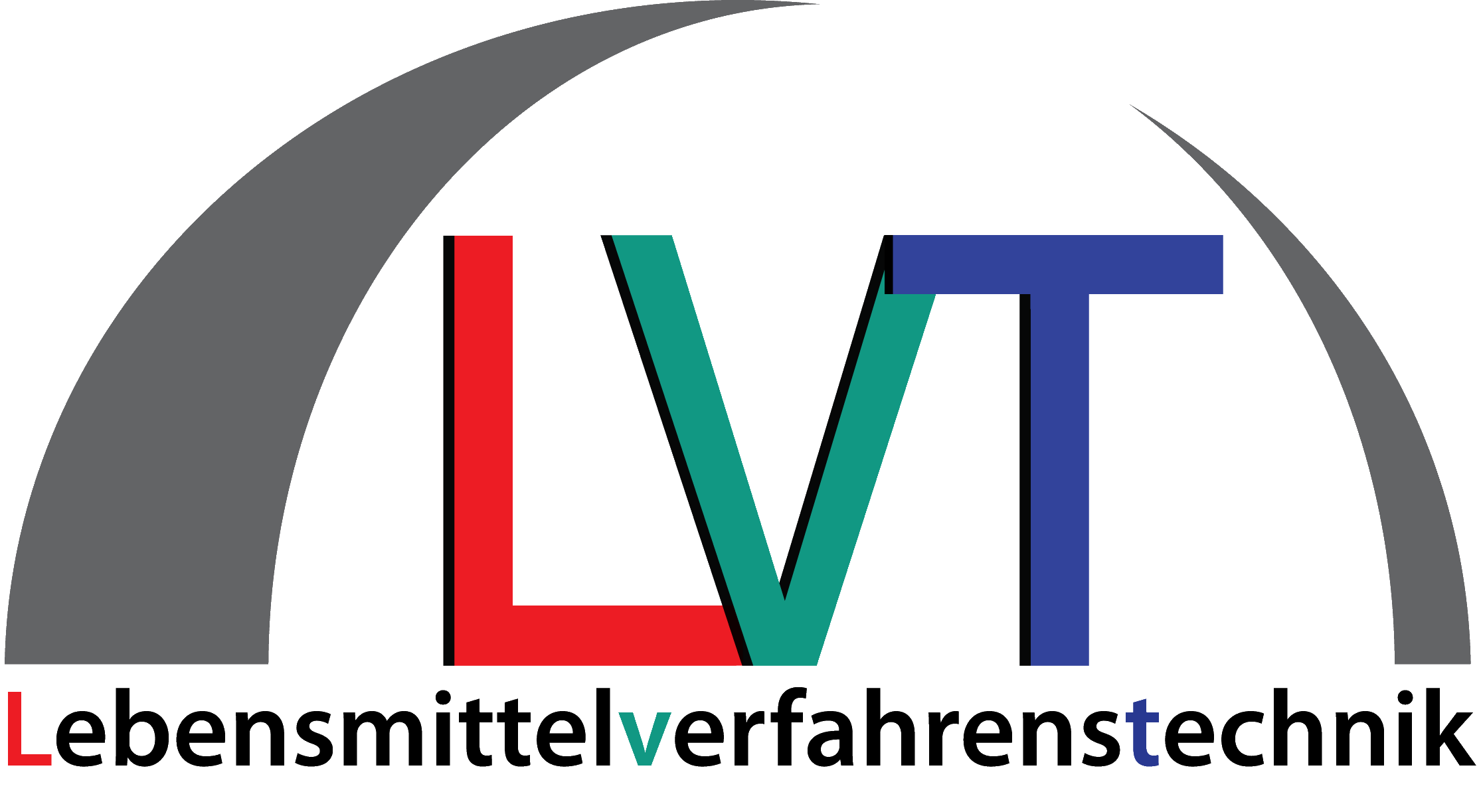
Dr.-Ing. Gabriela Saavedra
- Flüssigkeitszerkleinerung
- room: 406
- phone: +49 721 608 43614
- fax: +49 721 608 45967
- gabriela saavedra ∂does-not-exist.kit edu
Postanschrift: Kaiserstr. 12
Liefer- und Besucheranschrift: Gotthard-Franz-Straße 3
Geb. 50.31, 4. OG
D-76131 Karlsruhe
About myself
I was born and raised in Peru. In Lima, I went to the German school, where I obtained the German Baccalaureate. I came to Germany to study bioprocess engineering at KIT. During my second semester, I was given the opportunity to work at the Institute of Food Process Engineering (LVT). Thereafter, my interest in food processing grew. During my Bachelor studies, I worked as an intern at Thomy AG (Basel, Switzerland). My work there gave me more insight into the production of food emulsions such as mayonnaise and salad dressings. I was able to apply the gained knowledge in my bachelor’s thesis, in which I investigated the effects of flow patterns on the oil droplets during the spray drying of emulsions. Even though the topic of emulsions is interesting, I wanted to learn more about other processes used in food industry. Therefore, I worked as an intern at Olam Cocoa (Koog aan de Zaan, The Netherlands) for six months during my Master studies investigating the chemical and physical processes occurring during the roasting of cocoa beans. Since August 2017, I have been working in my doctoral studies at LVT.
Main focus of research
Biopolymers, such as pectins, are used in food production to create textures and gels (e.g. in jams and marmalades). However, the gelling properties of pectins can also be used to synthesise microgel particles. Microgel particles are colloids, each consisting of a gelled polymer network. As such, microgel particles combine the properties of particles, gel networks and the polymer chains used for the microgel formation. For this reason, microgel particles are of great interest for the food industry. They can be used as texturisers and emulsifiers in various applications. The focus of my research is the synthesis of pectin-based microgel particles and their characterisation with the aim to develop preparation processes suitable for controlling particle structure and properties.
Methods
Microgel formation is composed of a mixing step and of a droplet/gel breakup step which correspond to the processes occurring during the emulsification of fluids. For this reason, the machines used for emulsification (high-pressure homogenization, rotor-stator system, etc.) can also be employed for the microgel formation. Optical and rheological methods are used for the characterization of microgel particles. Further characterization methods are employed depending on the application of the particles. For example, the interfacial properties of the microgels are relevant for their use as emulsifiers. These are measured using tensiometry and dilational rheology.

